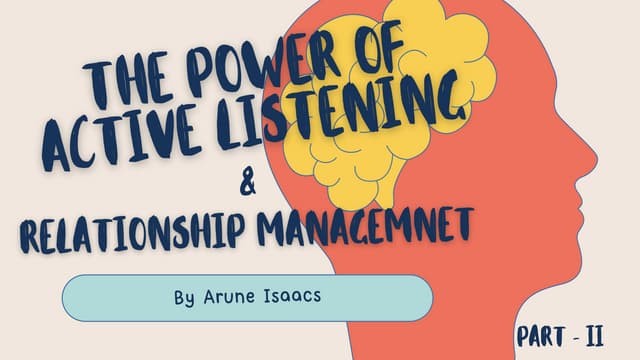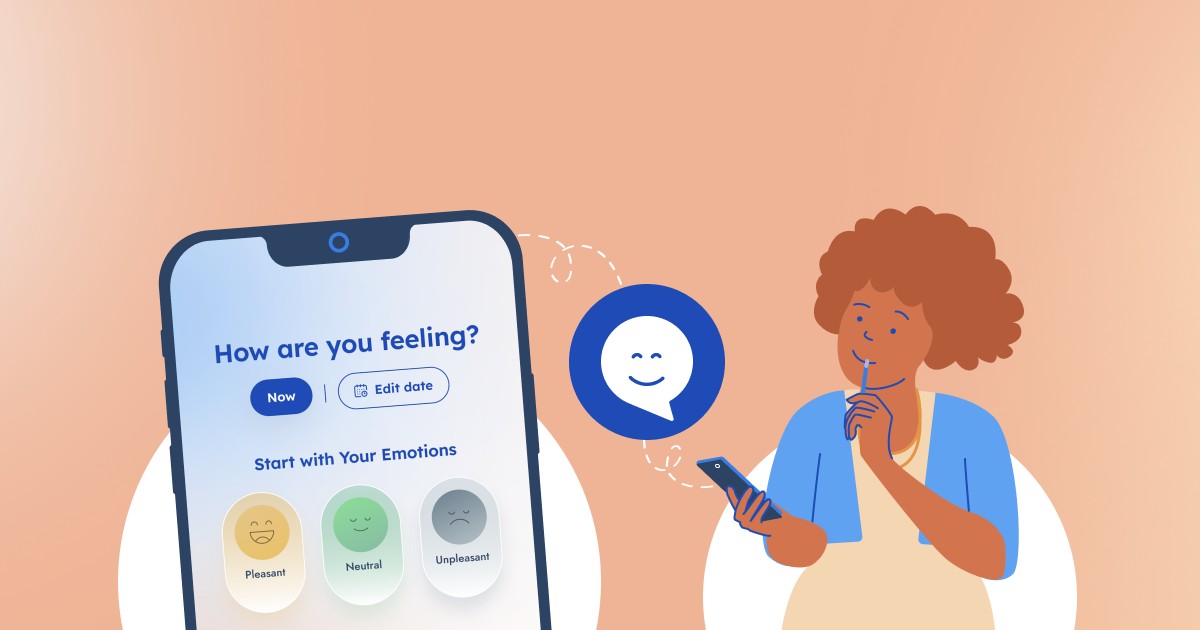Emotional listening is one of the most underrated yet transformative skills in business. It goes beyond hearing words or interpreting data—it’s about tuning into the emotional undercurrents of conversations, decisions, and relationships. When leaders and teams practice emotional listening, they unlock a deeper level of understanding that can reshape culture, strengthen trust, and drive meaningful innovation. It’s not just a soft skill—it’s a strategic advantage.
At its core, emotional listening is the ability to recognize and respond to the feelings behind the message. It requires presence, empathy, and a willingness to slow down. In fast-paced environments, it’s easy to default to transactional communication—checking boxes, solving problems, moving on. But when we pause to listen emotionally, we begin to see the full picture. We notice hesitation, enthusiasm, frustration, or fear that might otherwise go unspoken. These emotional cues are rich with insight.
In leadership, emotional listening builds credibility. People want to feel heard—not just for their ideas, but for their experiences. When a leader listens with emotional intelligence, they validate those experiences. They show that they care not just about outcomes, but about the people behind them. This kind of listening fosters psychological safety, which is essential for honest dialogue and creative risk-taking. Teams that feel safe are more likely to speak up, challenge assumptions, and contribute fully.
Customer relationships benefit just as much. Emotional listening helps businesses move beyond surface-level feedback to understand what customers truly value. It’s not just about what they say—it’s about how they say it, what they don’t say, and what they feel. When a brand listens emotionally, it can design experiences that resonate more deeply. It can anticipate needs, respond with empathy, and build loyalty that lasts.
Emotional listening also strengthens collaboration. In team settings, misunderstandings often stem from emotional disconnects rather than technical disagreements. When people feel dismissed or misunderstood, tension builds. But when emotional listening is present, those tensions can be diffused. People feel seen, and that recognition opens the door to compromise, creativity, and shared success. It’s not about agreeing on everything—it’s about understanding each other enough to move forward together.
The practice of emotional listening requires intentionality. It’s not something that happens automatically—it’s a choice. It means putting down distractions, resisting the urge to interrupt, and being curious about what’s beneath the surface. It means asking questions that invite reflection and being comfortable with silence. These moments of attentiveness create space for connection, and connection is the foundation of trust.
Technology can support emotional listening, but it can’t replace it. Tools can help gather feedback, analyze sentiment, and track engagement, but the human element is irreplaceable. It’s the tone of voice, the body language, the subtle shifts in energy that reveal what someone is really feeling. Businesses that rely solely on metrics miss the nuances. Those that combine data with emotional listening gain a more complete understanding of their stakeholders.
Emotional listening also plays a role in conflict resolution. When tensions rise, people often retreat into defensiveness or blame. But when someone feels truly heard, their guard comes down. They become more open to dialogue, more willing to find common ground. Emotional listening doesn’t mean agreeing with everything—it means acknowledging the emotional reality of the other person. That acknowledgment is often enough to shift the dynamic.
In hiring and talent development, emotional listening helps uncover potential. Interviews and performance reviews are not just about qualifications—they’re about fit, motivation, and growth. When managers listen emotionally, they can identify strengths that aren’t on a resume, concerns that aren’t voiced directly, and aspirations that might otherwise be overlooked. This kind of listening leads to better decisions and more engaged employees.
Brand storytelling becomes more powerful when emotional listening is part of the process. When businesses listen to the emotional experiences of their customers, they can craft narratives that reflect real lives. These stories resonate because they’re rooted in truth. They don’t just promote—they connect. Emotional listening helps brands move from messaging to meaning, from campaigns to conversations.
Resilience is another benefit. Businesses that listen emotionally are better equipped to navigate change. They can sense shifts in morale, anticipate resistance, and respond with empathy. This responsiveness builds trust, which is essential during transitions. People are more likely to support change when they feel their emotions are acknowledged and respected. Emotional listening turns disruption into dialogue.
Emotional listening also fosters inclusion. When people feel heard, they feel valued. This is especially important in diverse teams, where different backgrounds and perspectives can lead to misunderstanding. Emotional listening helps bridge those gaps. It creates a culture where everyone’s voice matters, where differences are not just tolerated but embraced. Inclusion isn’t just about representation—it’s about recognition.
Ultimately, emotional listening is about presence. It’s about showing up fully, with curiosity and care. It’s about recognizing that every interaction is an opportunity to connect, to understand, and to grow. In a world that often prioritizes speed and efficiency, emotional listening reminds us of the power of slowing down. It’s not just good for relationships—it’s good for business.
When businesses build emotional listening into their culture, they become more adaptive, more human, and more impactful. They stop just managing people and start understanding them. They stop just solving problems and start addressing needs. And in doing so, they create environments where people thrive—not just because they’re heard, but because they’re understood. That’s the power of emotional listening.





